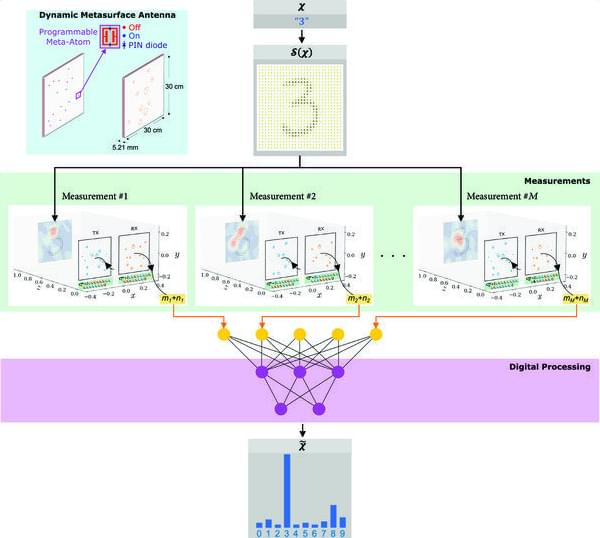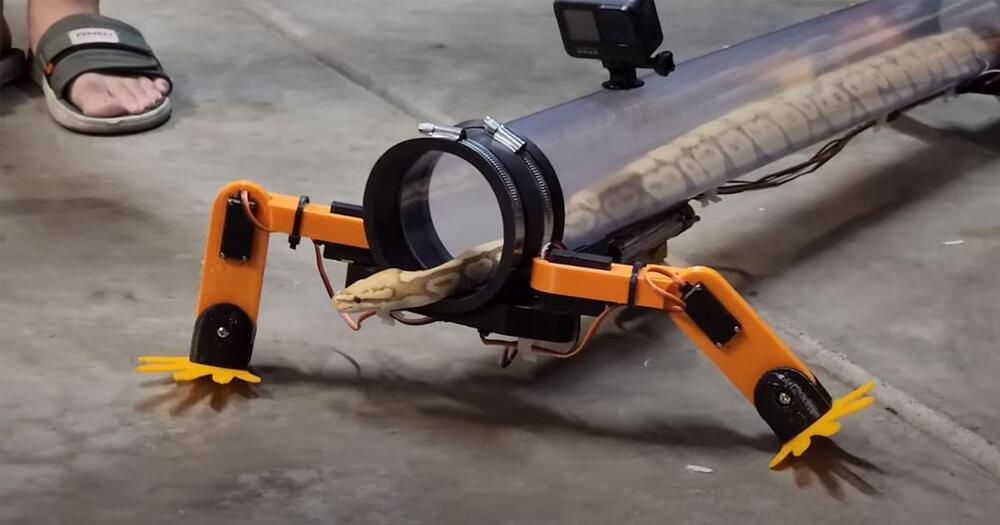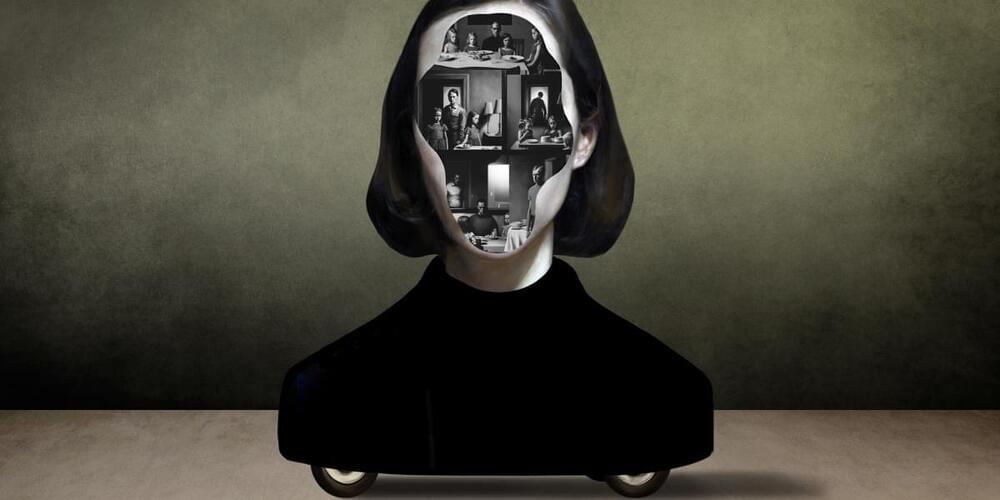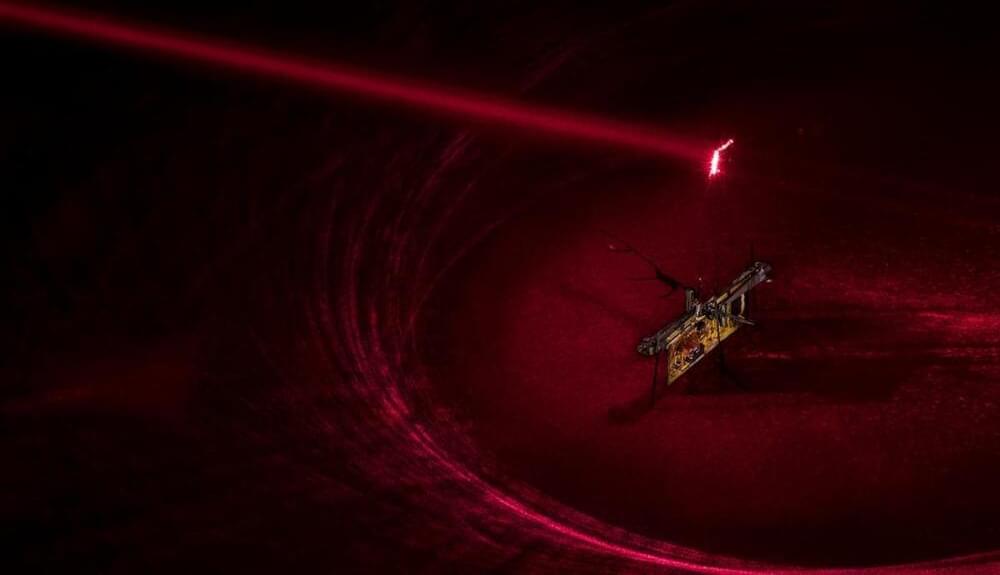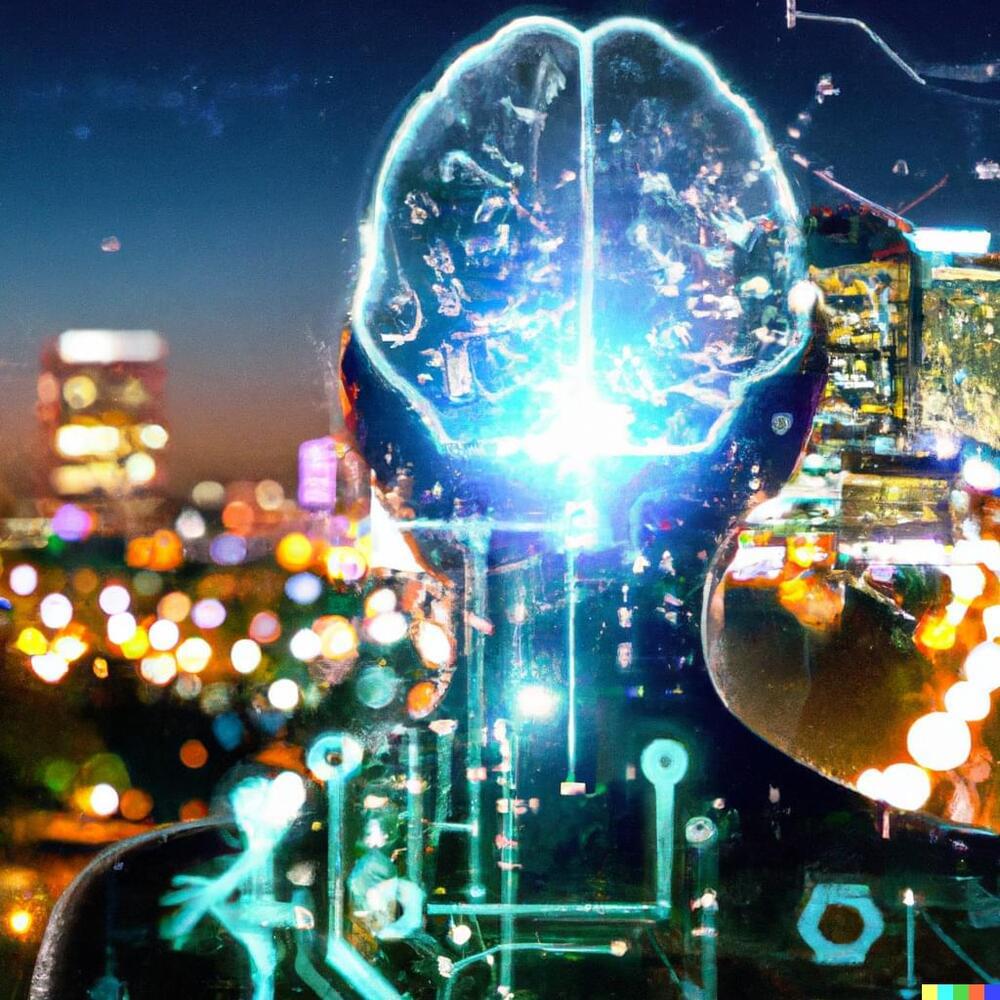Deep Learning AI Specialization: https://imp.i384100.net/GET-STARTED
A breakthrough artificial intelligence called SinFusion can now take any video as input and extrapolate a synthetic video as output, either moving forward or backward in time, using a diffusion model. Google AI has released a new robotics transformer (RT-1) that does over 700 tasks using a fleet of 13 different robot arms with 7 degrees of freedom and a 2 fingered gripper manipulator. Researchers from Korea have developed a quadruped robot that is able to walk on walls and ceilings using magnetic elastomers and electromagnets.
AI News Timestamps:
0:00 The Rise of AI Diffusion Models.
1:08 Custom AI Diffusion Model Options.
1:27 What Is SinFusion AI
2:35 How Sinfusion AI Works.
4:04 New Google AI Robot Tech.
6:28 New Robotics That Walk on Walls.
#technology #tech #ai
